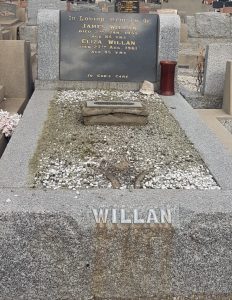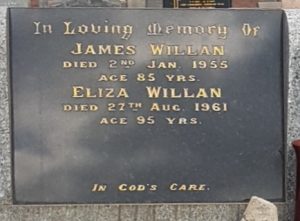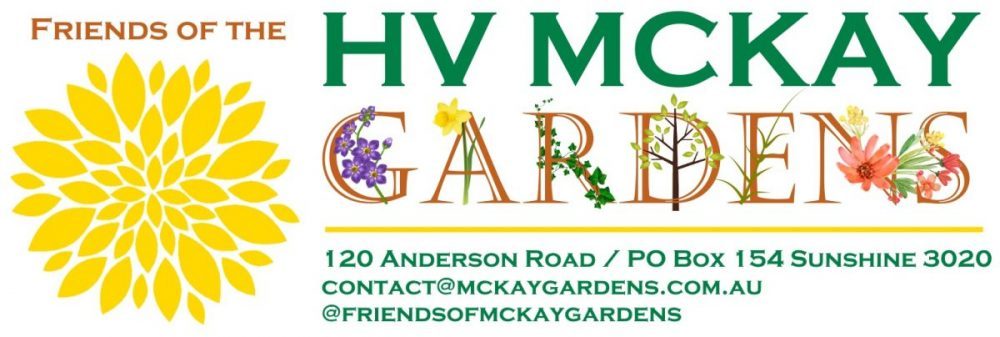While many of us know the story of how Hugh Victor McKay commissioned the gardens for the recreational use of his workers in 1909, less is shared about the many gardeners employed over the years to care for, plan, maintain and improve the Gardens.
Museum Victoria Collection
The gardens were carefully tended to by four notable curators when it was under the management of the McKay firm. They included S.G Thompson (1909-1927), James Willan (1930-1939), Harold Gray (1939-1950) and F. Young (1950-1953). Their work in the gardens ensured that the prized Chrysanthemums and Dahlias were in bloom for the public to enjoy. By 1946, there were 7,000 Chrysanthemum plants sprouting in the gardens. Horse manure and foundry sand from the Sunshine Harvester Works were used to maintain the soil. The gardens were originally watered by a dam located in the Sunshine Harvester Works. Stony Creek provided the water for the dam.
Curators
Samuel Gadsby Thompson was born in Huntly, in the Bendigo district on 7 February 1861, to Isaac Thompson and Elizabeth Allsop.
Along with his 3 brothers and 3 sisters, Samuel accompanied his father to take up farming pursuits in the Goulburn Valley. Samuel’s father was a leading member of the Wesleyan church (similar to Methodist) and Samuel followed in his footsteps. He was precluded from becoming a Minister of the church due to deafness and instead became a long time local preacher.
In May 1889, Samuel married Emily Teresa Thomas in Bendigo, Victoria and they had two children.
When Hugh Victor McKay decided to build the Gardens for his workers in 1909, he commissioned Samuel to prepare the site. Plans were drawn up by a Mr Horsfall and Samuel spent the entire first year overseeing the filling and levelling of the site.
There is little information known about the building and landscaping of the original Gardens except that in 1910 McKay donated more land and a weatherboard church was opened on the site of the current church on 9 October 2010. We do know that by 1917, the Gardens included a pavilion for the bowling green, construction of a timber pavilion adjacent to Anderson Road, gravel walks, shrubberies, flower beds, grass plots, a bandstand and a tennis court with a small shelter. All this early work was developed under Samuel’s supervision.
From an April 1916 Sunshine Advocate article listing snippets of life in Sunshine:
The weather is beginning to give the signs of "autumn fadings" among the gardens, and the cool blast of winter is fast approaching. The curator at Sunshine (Mr S. Thompson) is renovating the beds and removing plants which have served their time, and making fresh plans for resetting seasonable decorations. The interest taken in horticulture in this district is freely commented on by visitors
Samuel continued to curate the gardens until 1927. Then in 1930 he stepped back in and was responsible for appointing the next long term curator, James Willan.
Samuel spent many years moving around Victoria and even NSW, preaching for the Wesleyan church and was in heavy demand to return to these areas for anniversaries. With his love of gardening, he was also a common donator of flowers to a selection of hospitals.
Samuel and Eliza were living in Sunshine when he died on 12 April 1938. The obituary in the Sunshine Advocate noted that for his funeral, it was very fitting that the front of the Sunshine church ‘was a mass of flowers, many of which were afterwards placed on his grave at the Footscray cemetery’.
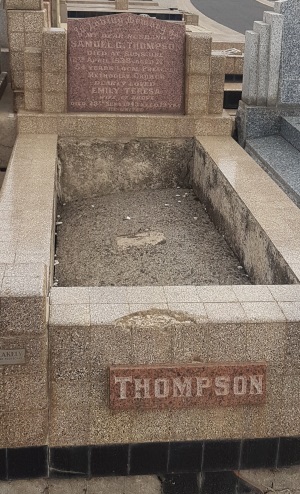
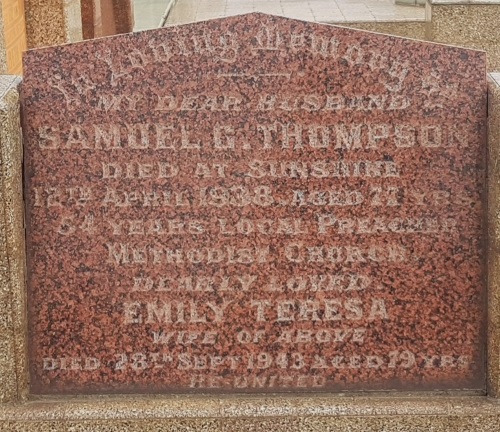
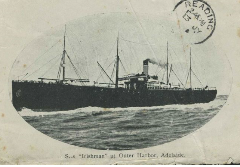 In 1912 James, Elizabeth and their 8 children set sail on the Irishman for Australia, sadly losing their youngest child, Eric, to measles during the journey.
In 1912 James, Elizabeth and their 8 children set sail on the Irishman for Australia, sadly losing their youngest child, Eric, to measles during the journey.
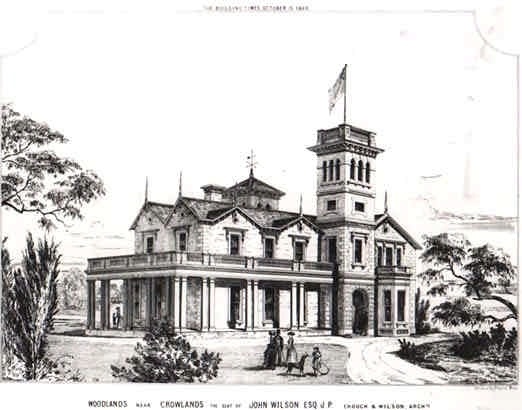
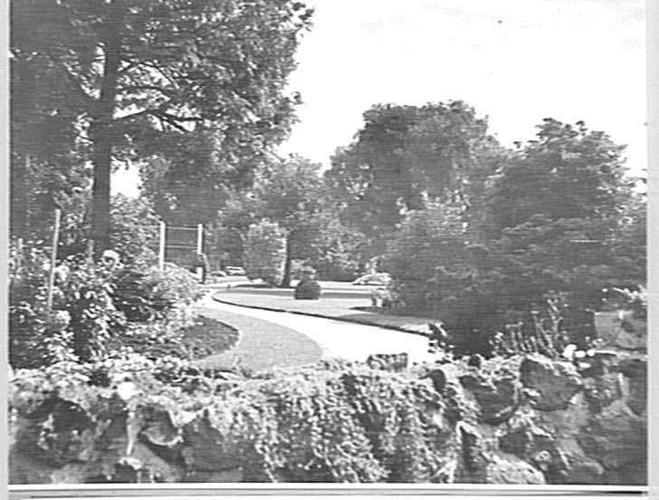
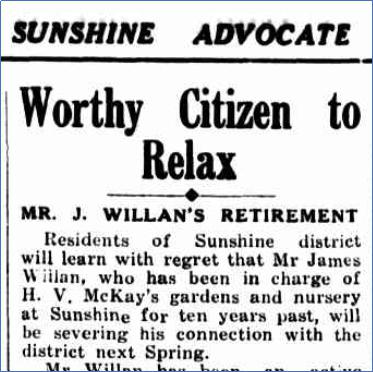 James retired after the winter of 1940 at the age of 70. While a newspaper article about his retirement mentioned a plan to move to a new home built in Chelsea, James and Eliza continue to appear on electoral roles living at 8 Kororoit Street in what is now Albion.
James retired after the winter of 1940 at the age of 70. While a newspaper article about his retirement mentioned a plan to move to a new home built in Chelsea, James and Eliza continue to appear on electoral roles living at 8 Kororoit Street in what is now Albion.

